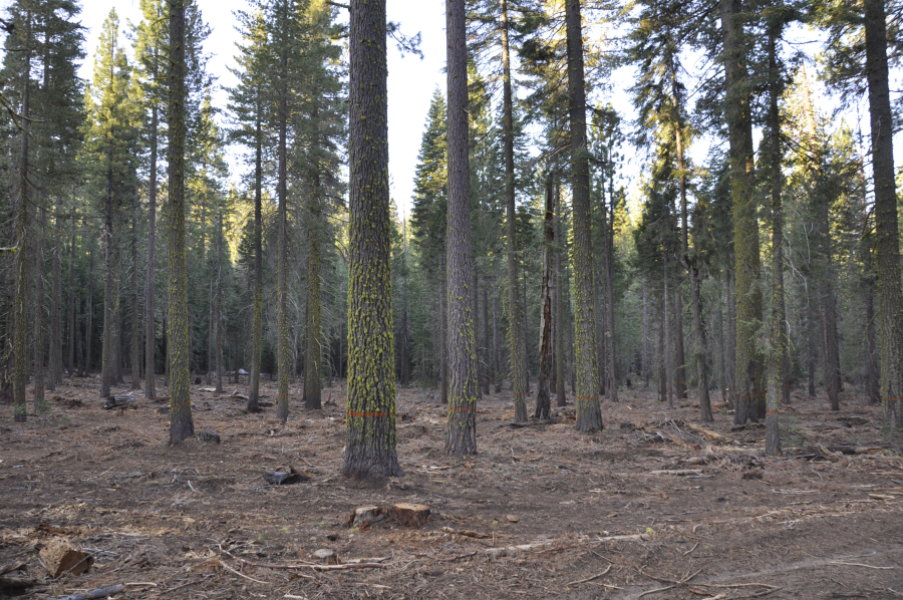There are too many trees in Sierra Nevada forests, say scientists affiliated with the National Science Foundation (NSF) Southern Sierra Critical Zone Observatory (CZO).
That may come as a surprise to those who see dense, verdant forests as signs of a healthy environment. After all, green is good, right? Not necessarily. When it comes to the number of trees in California forests, bigger isn't always better.
That's in part because trees use lots of water to carry out basic biological tasks. In addition, they act as forest steam stacks, raking up water stored in the ground and expelling it as vapor into the atmosphere, where it's accessible to humans and forest ecosystems only when it falls back to Earth as rain and snow.
That process by which plants emit water through tiny pores in their leaves is known as evapotranspiration. And according to researchers, excessive evapotranspiration may harm a fragile California water system, especially during prolonged, warm droughts.
New research published this week in the journal Ecohydrologyshows that water loss from evapotranspiration has decreased significantly over the past three decades. That's due in large part to wildfire-driven forest thinning a finding with important implications for forest and water management.
A century of forest management had kept wildfires to a minimum. But without fire, Sierra forests grew very dense. In recent decades, new policies have allowed nature to take its course, with wildfires helping to thin out overgrown forests.
Using data from CZO measurement towers and U.S. Geological Survey satellites, researchers found that over the period 1990 to 2008, fire-thinned forests saved 3.7 billion gallons of water annually in California's Kings River Basin and a whopping 17 billion gallons of water annually in the American River Basin -- water that would otherwise have been lost through evapotranspiration.
Forest thinning has increased in recent decades in an effort to stave off disastrous wildfires fueled by dense forests. This study shows that restoring forests through mechanical thinning or wildfire can also save California billions of gallons of water each year.
The total effect of wildfires over a 20-year period suggests that forest thinning could increase water flow from Sierra Nevada watersheds by as much as 10 percent.
The U.S. Forest Service says that 6 to 8 of the 21-million acres it manages in California need immediate restoration. Another 58 million acres nationally also require restoration. For California alone, restoration costs are estimated at $5 to $10 billion. But, according to the study authors, the restoration might help pay for itself.
